ASCENSUS-1
EARTH ↑ SPACE
The world's first commercially available space elevator. No more rockets. Just up.
km of carbon nanotube ribbon
days to geostationary orbit
rocket fuel required
* Estimated Delivery: Summer, 2041
TECHNICAL SPECIFICATIONS
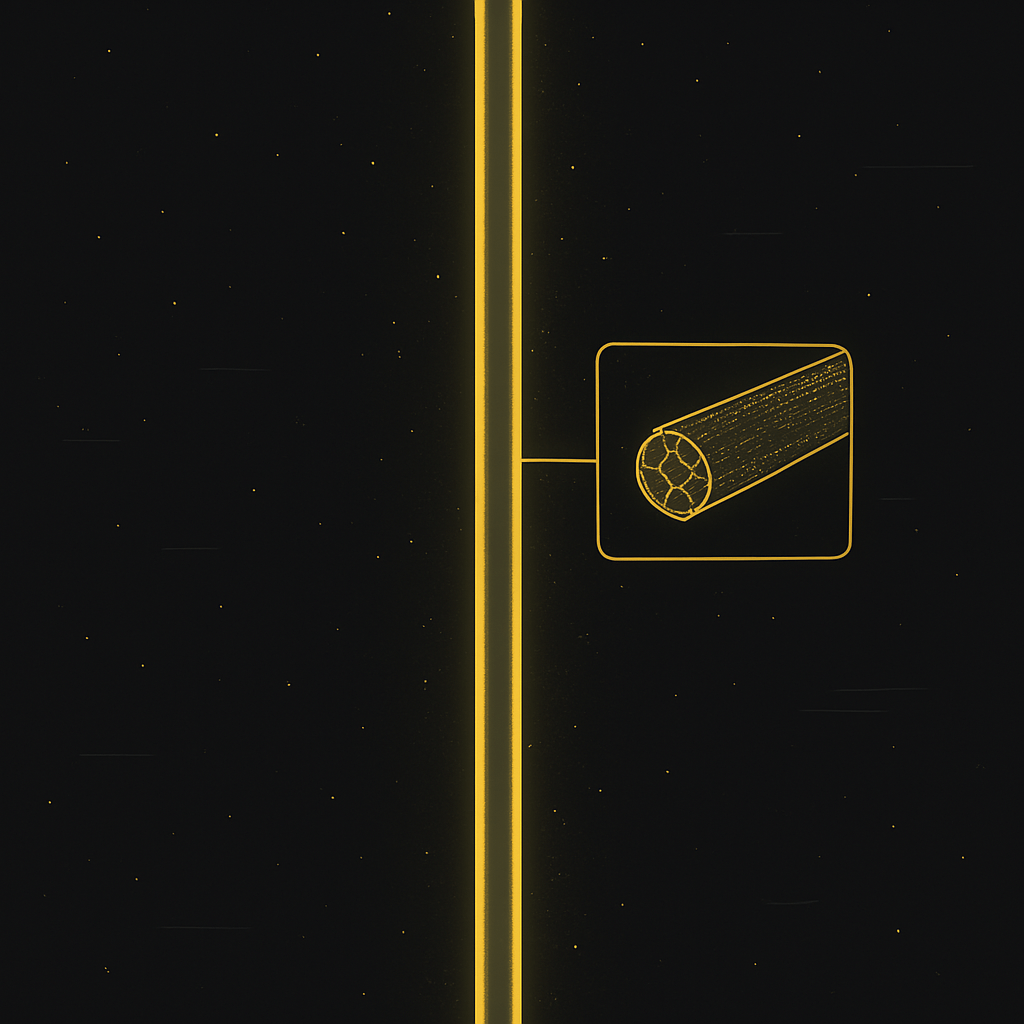
TETHER SYSTEM
- Material: Carbon nanotube composite (73.5 GPa tensile strength)
- Cross-section: Ribbon, 1m width × 0.3mm thickness
- Length: 36,000 km (GEO + counterweight)
- Weight: 19,500 tons
- Breaking point: None, theoretically
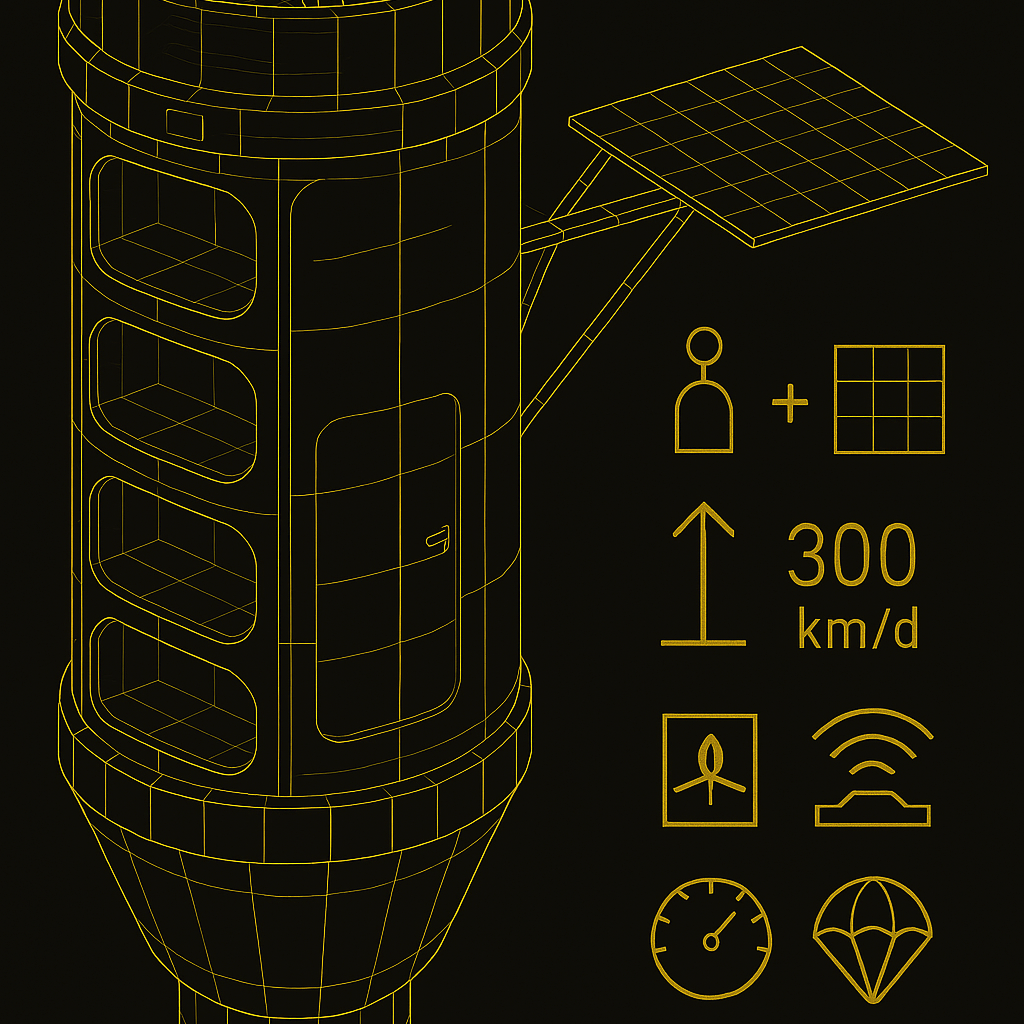
CLIMBER CAPSULE
- Capacity: 7 passengers + 500kg cargo
- Ascent speed: 300 km/day
- Power: External beamed power + solar
- Amenities: Sleeping pods, 360° viewing deck, quantum Wi-Fi
- Emergency systems: Redundant braking, parachutes and vibes
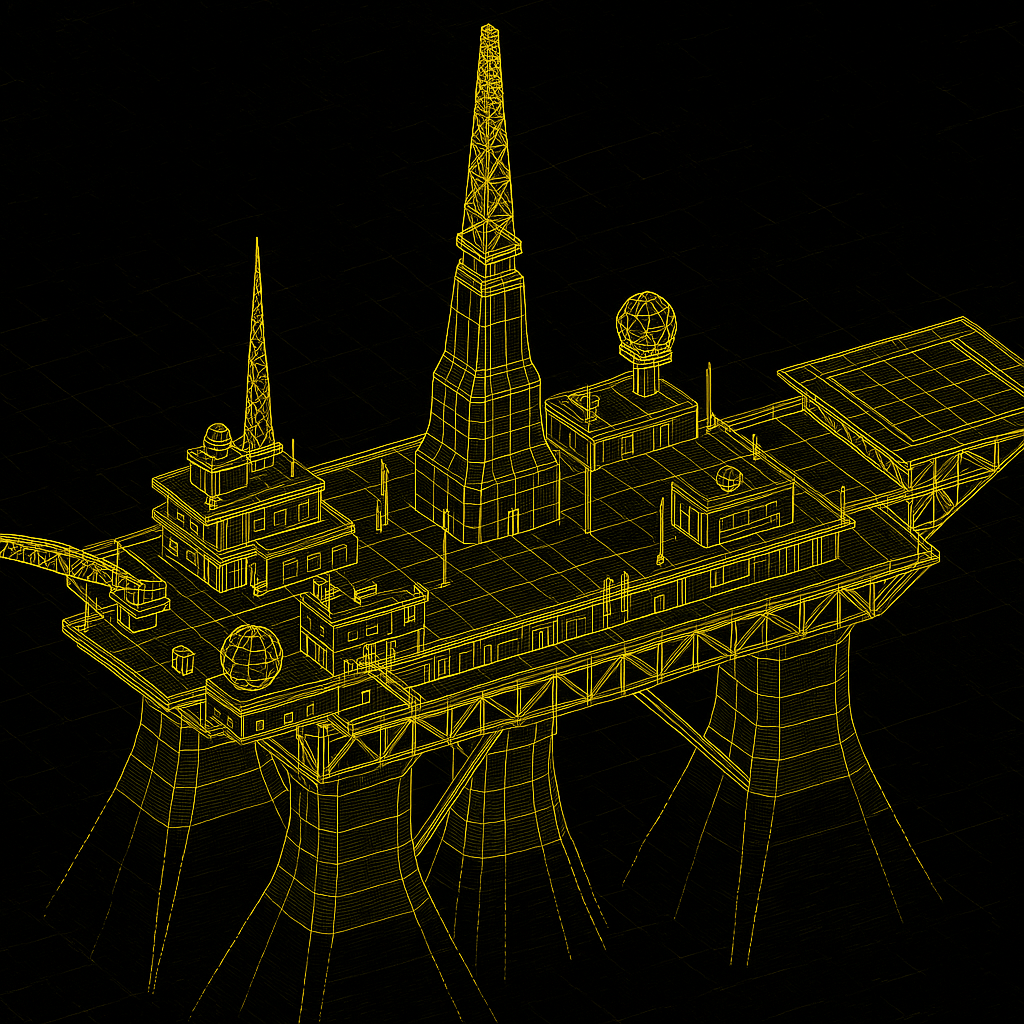
ANCHOR STATION
- Location: Equatorial Pacific Ocean (0°N, 170°W)
- Platform type: Semi-submersible megastructure
- Stabilization: Active positioning + deep ocean anchors
- Power generation: Fusion reactor + ocean thermal
- Staff: 200 permanent residents
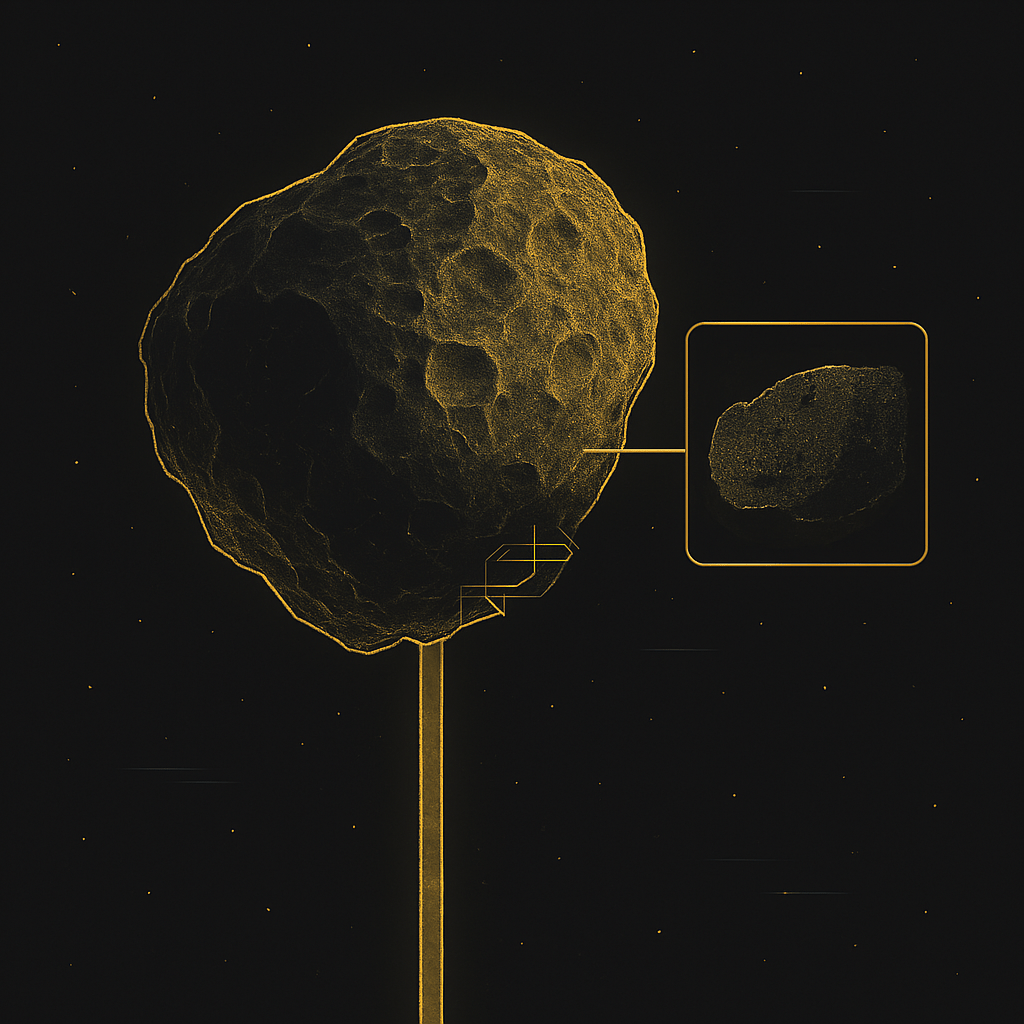
COUNTERWEIGHT
- Type: Captured asteroid (2029 NQ14)
- Mass: 35,000 tons
- Orbit: 42,000 km (super-geostationary)
- Facilities: Mining operations, research station
- Materials: 68% nickel-iron, 24% silicates, 8% precious metals
THE SCIENCE IS REAL
MATERIAL SCIENCE
Our carbon nanotube manufacturing breakthrough came when we switched to using quantum-guided molecular assembly, allowing us to produce perfect, meter-wide ribbons with a tensile strength of 73.5 GPa.
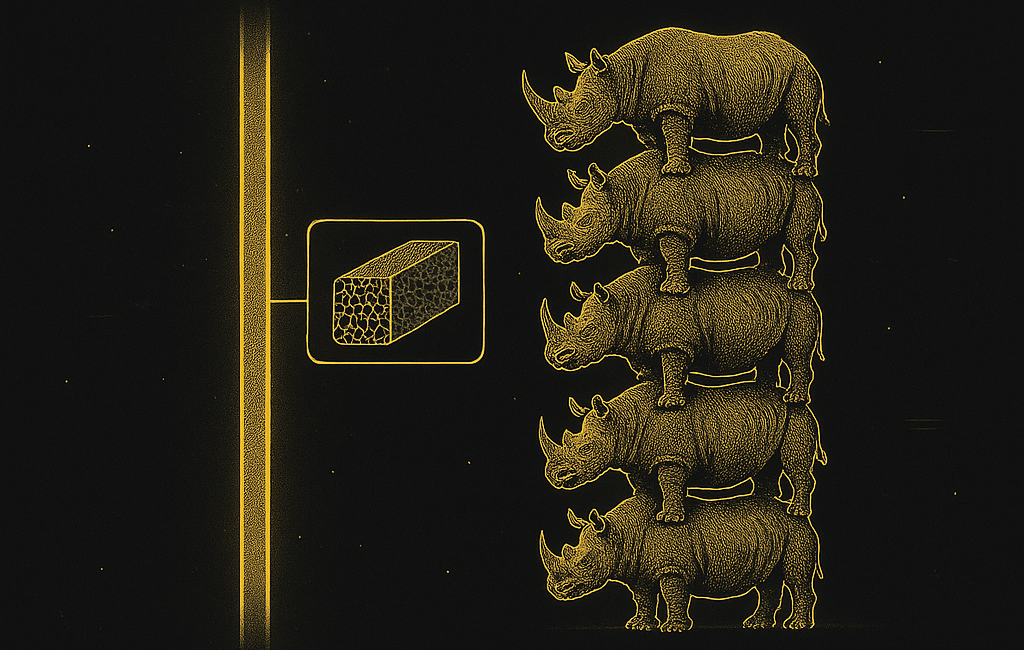
FEYNMAN WOULD LIKE TO KNOW:
"With a tensile strength of 73.5 GPa, our carbon nanotube ribbon could theoretically lift a stack of 7,500 rhinoceroses into space. We've tested with 6,000 so far."
DYNAMIC STABILIZATION
Earth's rotation, atmospheric conditions, and orbital mechanics create complex forces on the tether system. Our active stabilization system uses a network of 480 distributed graphene actuators to dampen oscillations.
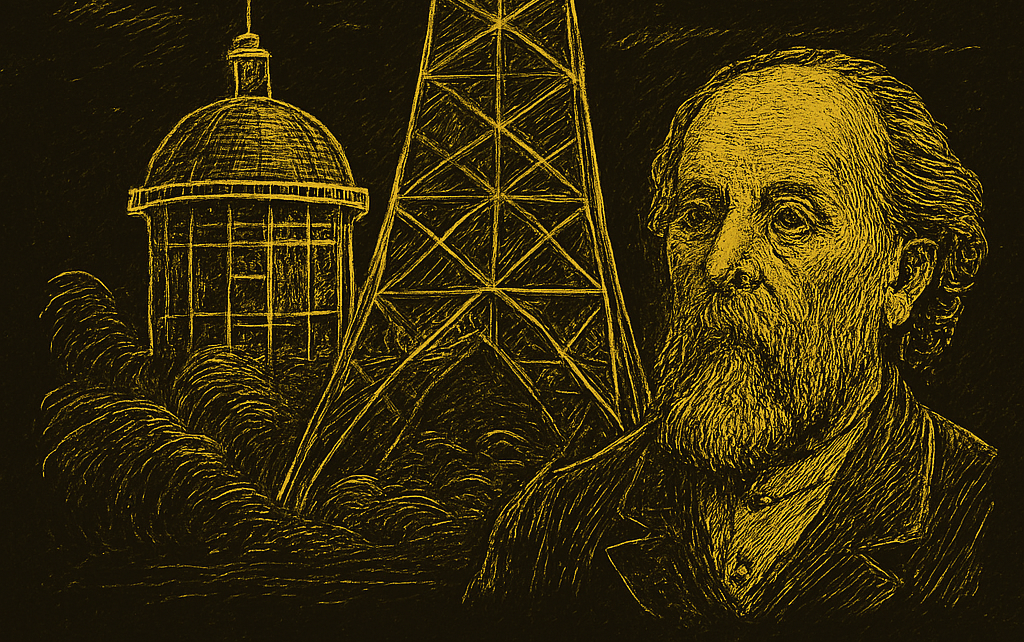
ACTUAL SCIENCE:
The space elevator was proposed by Konstantin Tsiolkovsky in 1895. The challenge has been finding a material strong enough to support its own weight over vast distances.
KEY CHALLENGES OVERCOME
MATERIAL STRENGTH
Traditional materials would snap under their own weight. Our carbon nanotube composites achieve theoretical max strength through quantum-guided manufacturing.
SPACE DEBRIS
Active orbital debris tracking + tether's ability to dynamically shift position in lower orbital regions + ribbon's self-healing properties = 99.9997% safety rating.
CLIMBER POWER
Laser power beaming from ground station provides 1.8MW continuous energy. Graphene supercapacitors store energy for redundancy.
PRICING & PACKAGES
Experience the future of space travel with packages for every
budget.
Prices shown in your local currency.
CITIZEN SCIENTIST
- Digital certificate of contribution
- Name in the digital backers wall
- Monthly project updates
- Early access to research papers
- Digital elevator blueprint wallpaper
SPACE PIONEER
- All Citizen Scientist benefits
- Virtual tour of development facility
- Scale model of the climber capsule
- Space Pioneer community access
- Carbon nanotube sample display
ELEVATOR BACKER
- All Space Pioneer benefits
- Name a component of the elevator
- Dinner with project scientists
- Limited edition space elevator art piece
- Guaranteed seat on first public ascent
Corporate and institutional partnerships available upon request.
* Subject to successful completion of the ASCENSUS-1 project,
estimated 2041.
All contributions support ongoing research
in space elevator technology.
FREQUENTLY ASKED QUESTIONS
Is this real?
Yes. No. Maybe. We've secured $92.4 billion in funding and our team of 420 scientists and engineers are working day and night to bend reality to our will.
What happens if the tether snaps?
Due to the properties of orbital mechanics, the lower portion would fall back to Earth while the upper portion would be flung outward. However, our carbon nanotube ribbon has multiple redundant strands and self-healing capabilities. In the unlikely event of a complete tether failure, we have comprehensive insurance.
How do you dodge space debris?
The ribbon can perform lateral movements of up to 15km in the lower orbital regions, guided by our predictive AI debris tracking system. Additionally, the ribbon's width-to-thickness ratio makes catastrophic impacts statistically improbable.
Is April 1st significant to your company?
We've always found that the best day to announce paradigm-shifting technology is when everyone is most receptive to new ideas. Pure coincidence.